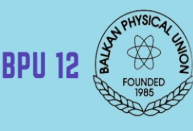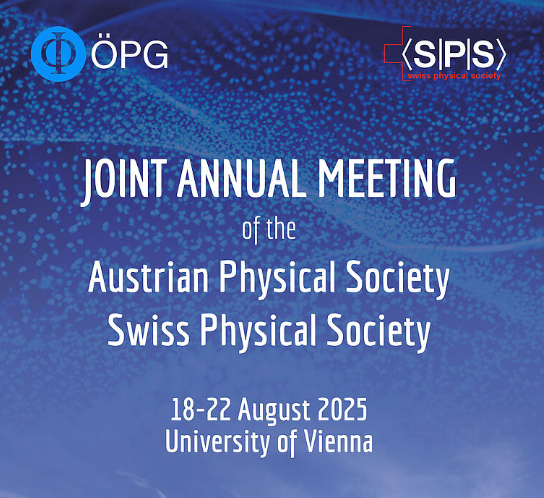EPJ N Highlight - A minimal predictive viscosity model of solvent phases
- Details
- Published on 15 January 2020

A novel thermodynamic model to predict macroscopic viscosity of concentrated extractant systems in the presence of heavy metals is presented. The viscosity increase of monoamides in presence of uranyl is a challenging technological lock for industrial extraction processes. This work presents experimental indications on the origin of the viscosity increase and introduces a model based on the three well-established concepts of molecular packing parameters, supramolecular curvature and elasticity of amphiphilic film, as well as polymer physics extended to “living polymers”.
EPJ N Highlight - Calculation of ion irradiation damage using Iradina code
- Details
- Published on 23 May 2019

Binary Collision Approximation (BCA) calculation allows for two types of damage calculation: Full Cascade and Quick Calculations. Full Cascade mode describes fully the cascades while in Quick Calculations only the trajectory of the ion is followed, and effective formulas give an estimation of the damage resulting from each collision of the ion. Quick Calculation of damage are implemented in the Iradina code both for elemental and multi-component solids. Good agreement is obtained with SRIM. It is shown that Quick Calculations are unphysical in multi-component systems. The choice between Full Cascade and Quick Calculations is discussed. It is advised in this paper to favour Full Cascade over Quick Calculation because it more grounded physically and applicable to all materials. Quick Calculations remain a good option for comparisons with former studies or for pure solids in the case of actual quantitative comparisons with neutron irradiations simulations in which damage levels are estimated with the NRT (Norgett-Robinson and Torrens) formulas.
EPJ N Highlight - Novel approach for the study of reactive dissolution
- Details
- Published on 10 April 2018

With the goal of understanding and modelling the reactive dissolution of solids, new microscopic methods have been developed for the investigations of the phenomena and kinetics of these reactions, and applied to the dissolution of uranium dioxide in nitric acid media.
The first paper presents a state of knowledge of the dissolution of uranium dioxide in nitric acid media. It highlights the numerous chemical and physico-chemical issues which still need to be addressed concerning its understanding, with a focus on autocatalysis, mass-transport and non-uniform attack of the solids.




